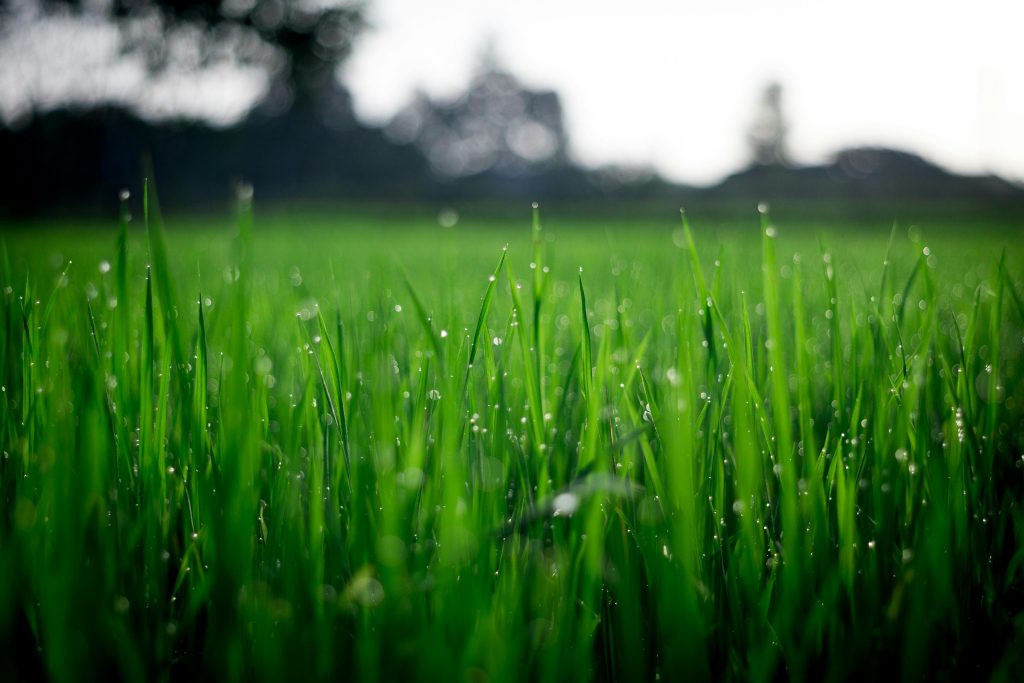Selecting the appropriate grass variety is crucial for establishing a healthy, resilient lawn that thrives in your specific climate, soil type, and maintenance preferences. With numerous grass species and cultivars available, each with its own characteristics and requirements, choosing the right grass can be a daunting task. In this guide, we’ll provide essential information and tips to help you make informed decisions when selecting grass varieties for your lawn.

- Understanding Your Climate: Different grass species thrive in different climates, so it’s essential to consider your local climate when selecting grass for your lawn. Determine whether you live in a cool-season or warm-season climate, as this will influence the type of grass that performs best. Cool-season grasses such as Kentucky bluegrass and fescue are well-suited to cooler regions with cold winters and moderate summers, while warm-season grasses like Bermuda grass and zoysia excel in hot, humid climates with mild winters.
- Assessing Sunlight and Shade: Consider the amount of sunlight your lawn receives throughout the day, as this will affect grass growth and performance. Some grass species tolerate shade better than others, making them suitable for lawns with partial shade or dappled sunlight. Fine fescue and shade-tolerant varieties of St. Augustine grass are excellent choices for shady areas, while Bermuda grass and buffalo grass prefer full sun and may struggle in shaded conditions.
- Soil Type and pH: Soil type and pH level play a significant role in grass growth and health, so it’s essential to assess your soil before selecting grass varieties. Some grass species, such as centipede grass and St. Augustine grass, prefer acidic soils, while others, like alkaligrass and alkaline-tolerant fescues, thrive in alkaline soils. Conduct a soil test to determine your soil’s pH and nutrient levels, and choose grass varieties that are well-adapted to your soil type.
- Traffic Tolerance and Use: Consider the amount of foot traffic your lawn receives and its intended use when selecting grass varieties. High-traffic areas such as play areas and pet runs require durable, wear-resistant grass species that can withstand heavy use and frequent foot traffic. Bermuda grass, tall fescue, and perennial ryegrass are excellent choices for high-traffic areas, while fine-textured grasses like Kentucky bluegrass are better suited to low-traffic ornamental lawns.
- Maintenance Requirements: Different grass species have varying maintenance requirements, so it’s essential to choose grass varieties that align with your maintenance preferences and abilities. Some grasses, such as zoysia grass and Bermuda grass, have low water and fertilizer needs and require minimal mowing, making them ideal for low-maintenance landscapes. Conversely, cool-season grasses like Kentucky bluegrass and perennial ryegrass may require more frequent watering, fertilizing, and mowing to maintain their appearance.
- Aesthetic Preferences: Consider your aesthetic preferences and desired lawn appearance when selecting grass varieties. Some grass species, such as fine fescue and colonial bentgrass, have a fine texture and dense growth habit, creating a lush, manicured lawn. Others, like tall fescue and buffalo grass, have a coarser texture and rugged appearance, which may be preferable for more naturalistic or rustic landscapes. Choose grass varieties that complement your desired aesthetic and landscape style.
Choosing the right grass variety is essential for establishing a healthy, attractive lawn that thrives in your specific environment. By considering factors such as climate, sunlight, soil type, traffic tolerance, maintenance requirements, and aesthetic preferences, you can select grass varieties that are well-suited to your lawn’s needs and ensure long-term success and satisfaction with your lawn. Be sure to research local recommendations and consult with lawn care professionals for additional guidance on selecting the best grass for your lawn.



